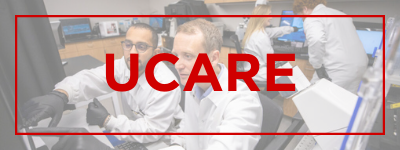UCARE: Undergraduate Creative Activities and Research Experiences

UCARE: Research Products
Date of this Version
Spring 4-22-2020
Document Type
Poster
Citation
Nyabami, P (2020) What is the Winter Limiting Nutrient in Urban Reservoirs? A Case study. Poster Presentation, UNL Spring Research Fair, University of Nebraska-Lincoln.
Abstract
The importance of reservoirs is widely acknowledged by urban populations, yet little is understood scientifically about their ability to process nutrients deposited into them in winter. For example, when agricultural runoff is deposited in lakes in winter or any other season, eutrophication might arise in the spring. With increased eutrophication, several ecosystem services are lost and this leads to what several researchers call “the urban syndrome”. Some studies have been done on the winter limnology of lakes, yet little is understood about the above in reservoirs. The sustainability of urban reservoirs relies on understanding how the phytoplankton in urban reservoirs interacts with increased nutrients in winter and how that affects other ecosystem services provided reservoirs in other seasons currently and long term. To fill this missing knowledge gap, we studied one of Nebraska’s lakes (Holmes’ lake) was done. In this study, we simulated how nutrient addition would influence this lake’s phytoplankton growth in winter. To assess this, we added nutrients to collected lake water and used non-invasive sensing PreSens to measure dissolved oxygen. The collected data was used to find Net primary production (NPP), gross primary production (GPP), and extracellular respiration (ER) under different nutrient treatments. We found that adding more than one nutrient significantly increased gross primary production (Pr>f= 0.0017446) in the Phosphorous+ Trace element treatment. A similar trend was observed in Net Primary production. However, the addition of either of the nutrients had no significant influence on extracellular respiration. These results provide ample evidence to suggest the presence of nutrient co-limitation in winter in urban reservoirs namely Holmes’ lake. It is also important to note that contrary to the expectation, the reservoir's phytoplankton community remains active and responsive even in the cold of winter.
Advisor: Jessica Corman


Comments
Copyright 2020 Precious Nyabami